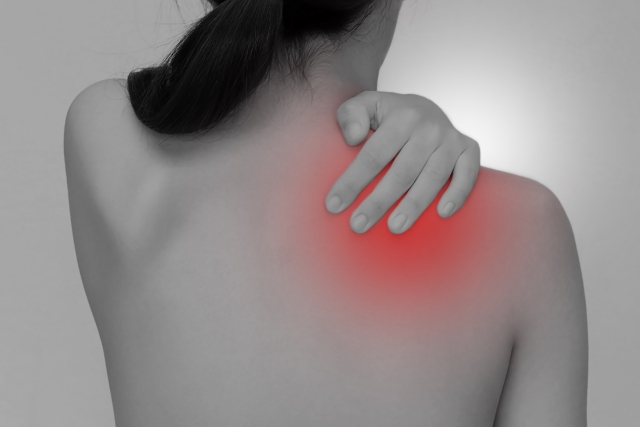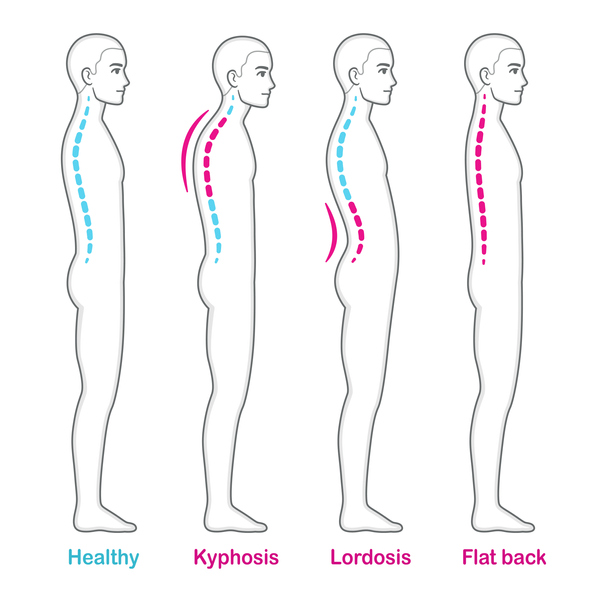I’m going to write about a common symptom series again, but the probability is slightly lower compared to lower back or neck pain. Many people may have never experienced it yet.

Strained middle back is technically called ‘spasm,’ where muscles cramp up, preventing normal contraction and relaxation of muscles.
When you perform any movement, muscles stretch and contract in response to the speed and distance of the movement, all of which are controlled by the brain.To simplify, it involves a series of reactions: the cerebellum (motor coordination and correction) and the basal ganglia (initiation and selection of movement) ➡︎ via the thalamus to the primary motor cortex (motor commands, control, learning) ➡︎ through the corticospinal tract (either via the brainstem or directly) transmit signals to the spinal cord, resulting in muscle movement.
A misalignment in this series of reactions results in cramping. This happens because when muscles are in a high tone (tension) state, the command from the brain to the muscles to ‘work!’ is easily transmitted. At that time, if you sleep in a strange position or suddenly lift something heavy, or in some cases, when you try to stand up from a chair, the command is suddenly transmitted, resulting in a cramped back or lower back.
So, what types of conditions make the muscles in the back prone to tension?
The first thing that comes to mind is neck stiffness, right? Many people might think of it that way, and it’s partially correct. One of the main muscles that causes neck stiffness is attached to the shoulder blades, so its effects can also occur in the back. When you have a bad posture, such as working at a desk for a long time, the arms lean forward, causing hunched shoulders. As a result, the shoulder blades can rotate outward, causing the muscles that cause neck stiffness to become tense. Similarly, the muscles in the back can also become tense.
Also, some people’s spine shapes make them prone to this type of symptom. What types of spine shapes make people prone to strained backs?

Especially, for those with excessive kyphosis in the thoracic spine (the central group of the spine), or those with a condition called flat back, where the thoracic spine loses its curvature, caution is needed.
For those with such spine shapes, the muscles attached to the back are more prone to tension, and the command from the brain is more likely to be transmitted incorrectly.
In Spine Chiropractic, it’s believed that improving this state centered on the spine can lead to a cure for symptoms. By improving structural abnormalities in the skeleton or abnormal nerve transmission through the spinal cord, I can prevent future symptoms originating from the musculoskeletal system.
Persistent back stiffness or pain may temporarily improve with rest or exercise. However, if there are fundamental spinal abnormalities remaining, there is a possibility of frequent recurrence and progression of the symptoms mentioned above, so I recommend chiropractic treatment.
At Spine Chiropractic, I focus on joint conditions centered on spinal alignment in our treatment. I provide support to help you achieve a body that is less prone to chronic stiffness, lower back pain, and acute middle back/lower back pain, and prevent symptoms.
Spine Chiropractic is located a 1-minute walk from Minatomirai Line’s Bashamichi Station, a 7-minute walk from Nihon-odori Station, and a 7-minute walk from JR Kannai and Sakuragicho stations. Please contact if you have good access.”